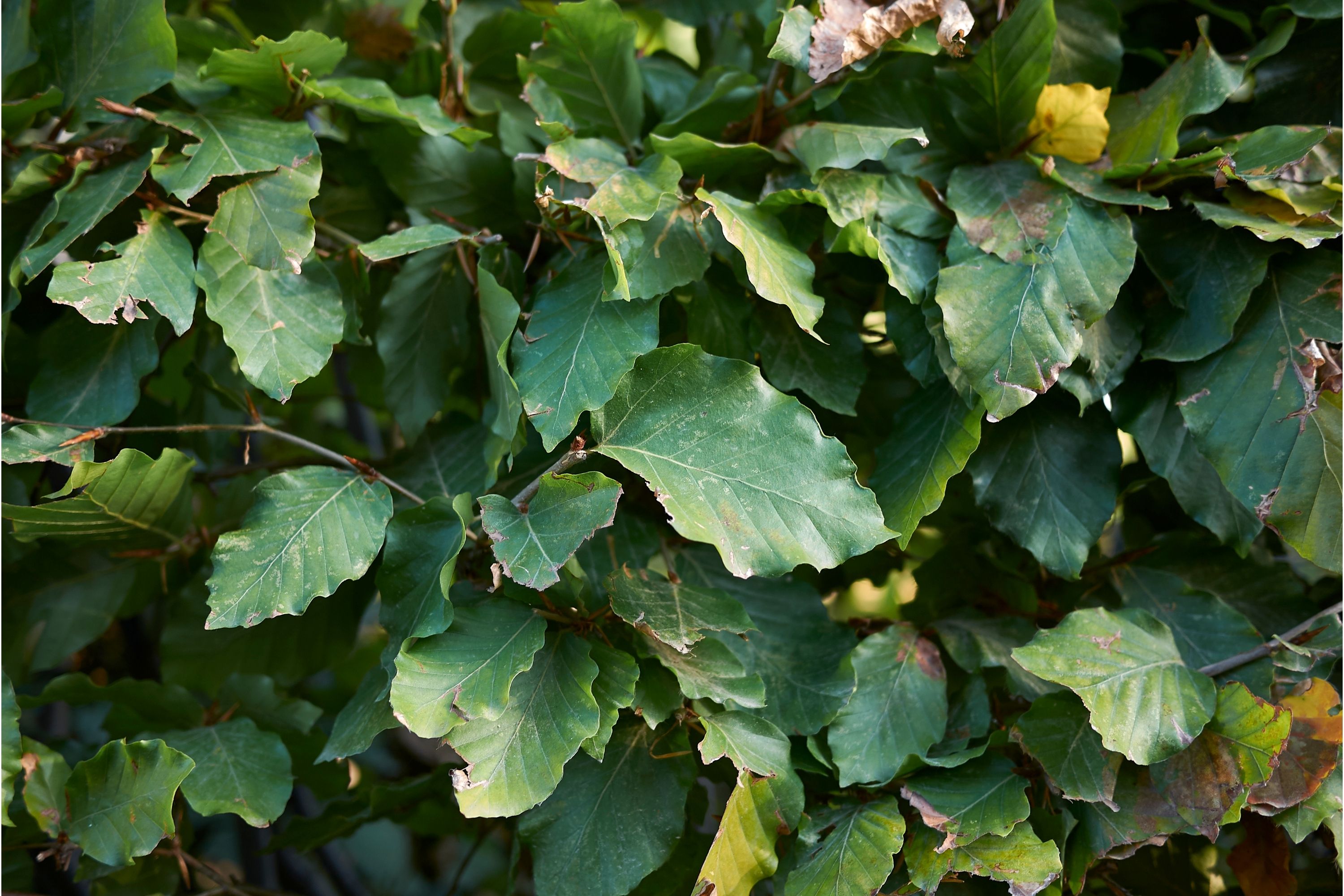Chinese beech
(Fagus engleriana)

Description
Fagus engleriana, also known as Chinese beech or Engler's beech, is a species of deciduous tree native to China. It is part of the Fagaceae family, which includes other beech trees, as well as oak and chestnut trees. Fagus engleriana is a relatively small tree, growing up to 20-30 meters tall, and is known for its attractive foliage and smooth, grey bark. In this article, we will explore the key characteristics and properties of Fagus engleriana. Taxonomy The scientific name of Fagus engleriana is derived from the German botanist, Adolf Engler. The species was first described in 1903, and is closely related to other beech trees, such as Fagus grandifolia and Fagus sylvatica. There are two varieties of Fagus engleriana recognized by botanists: var. engleriana and var. szechuanica. The latter is found in the Sichuan province of China, and is distinguished by its smaller leaves and narrower crown. Distribution and Habitat Fagus engleriana is native to China, and is found in the central and southern parts of the country. It grows in mountainous areas at elevations of between 800-2500 meters, and is commonly found in mixed forests along with other deciduous trees such as oak, maple, and chestnut. The climate in these areas is typically temperate with a distinct four-season pattern, with cold winters and warm summers. Appearance Fagus engleriana is a small to medium-sized deciduous tree that can grow up to 20-30 meters tall. It has a smooth, grey bark that develops horizontal ridges as the tree matures. The leaves of Fagus engleriana are alternate, simple, and oval-shaped, with a serrated margin. They are typically dark green in color, and turn a golden yellow in the fall. The flowers of the tree are monoecious, meaning that male and female flowers are found on the same tree. The fruit of the tree is a three-lobed nut, enclosed in a prickly husk. Uses Fagus engleriana is a popular ornamental tree, known for its attractive foliage and smooth bark. It is often planted in parks and gardens, as well as along streets and avenues. The tree also has several practical uses, such as for fuelwood and charcoal production. In addition, the nuts of Fagus engleriana are edible and are used in traditional Chinese medicine to treat conditions such as rheumatism and diarrhea. Conservation Fagus engleriana is not currently listed as an endangered species by the International Union for Conservation of Nature (IUCN). However, like many other tree species, it is threatened by habitat loss due to deforestation, as well as by climate change. In addition, Fagus engleriana is susceptible to several diseases, such as beech bark disease, which can damage or kill the tree. Conclusion Fagus engleriana is a small to medium-sized deciduous tree native to China, known for its attractive foliage and smooth bark. It grows in mountainous areas at elevations of between 800-2500 meters, and is commonly found in mixed forests along with other deciduous trees. The tree has several practical uses, such as for fuelwood and charcoal production, and its nuts are used in traditional Chinese medicine. However, like many other tree species, it is threatened by habitat loss and climate change, and is susceptible to several diseases. Conservation efforts are necessary to protect this valuable species and ensure its survival for future generations.
Taxonomic tree:







